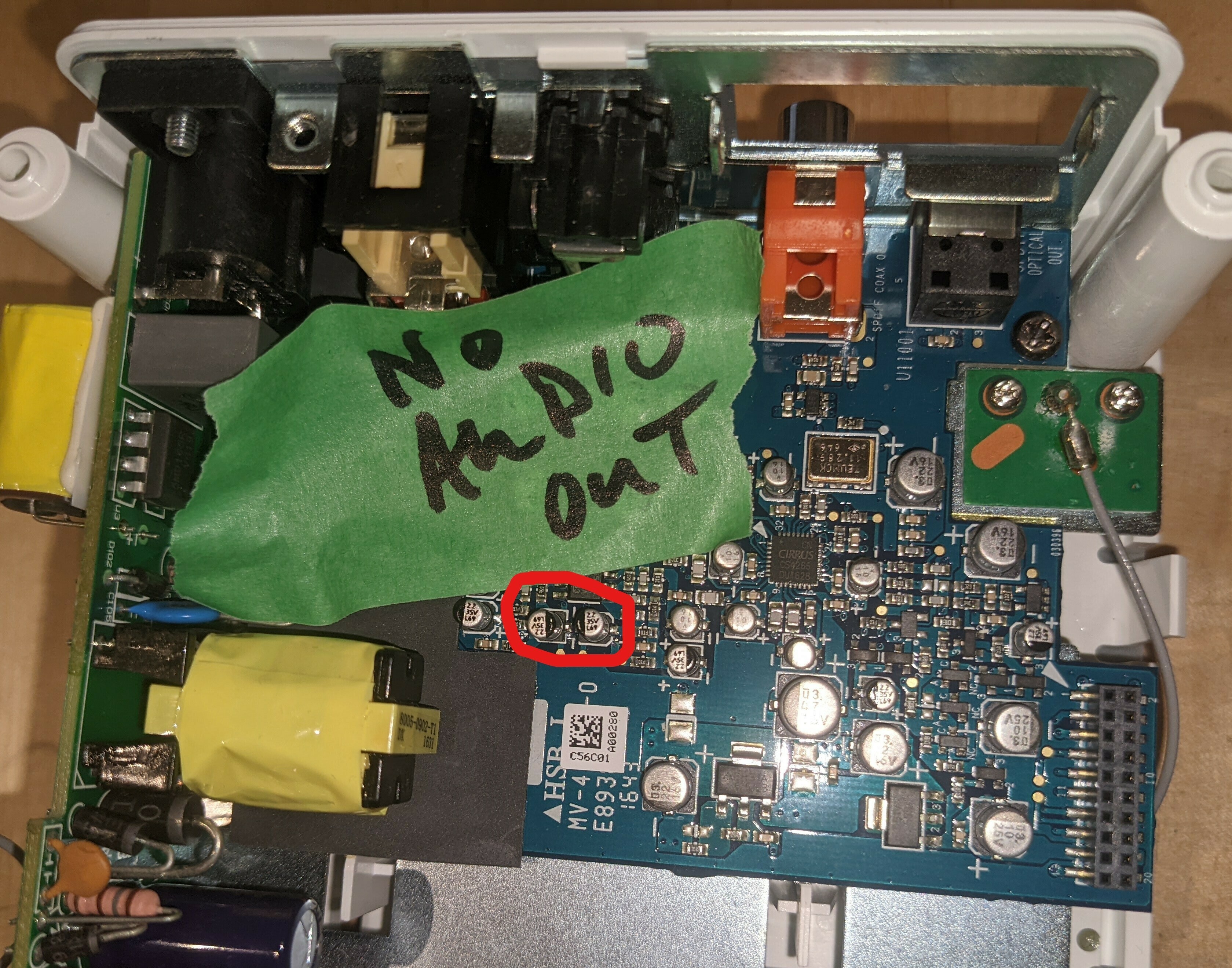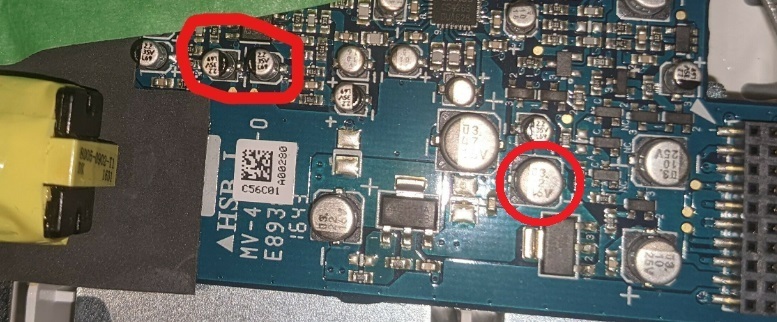Hi
I have been a Sonos user for many years and had my existing core system in place for 9 years.
Part of this system is a Connect that I use the line-out from to feed into another system. This has always worked fine, but since the recent S1 app update, the volume of the line-out has dropped to virtually nothing.
It has always been set to “Fixed” and operated perfectly.
Now in the second system even with the volume in the second system set to max it is barely audible. The only change is the App.
Ive connect a second device to the Line-OUT and this too has very low volume, so its not the secondary equipment.
I have to say over the years I have become more and more frustrated with the Sonos updates and the delays in the various fixes that these usually cause. You have pushed me into the S1 sub culture now - how long is this going to resolve ?
The Sonos products consist of this connect, 4 connect:amps, a Play:1 and a ONE.
The external device is an old Living Control (that to be honest has been much more stable than the Sonos) and a blackstar mini amp that I performed the second test on.
The connect has the following details:-
Sonos OS: S1
Version: 11.2.3 (build 57381090)
Hardware Version: 1.16.5.5-2.0
Series ID: P100
My PC controller is v11.2.3, S1 OS, Build 57381090
my App is v 11.2.3 Build 57381090






